Unveiling the Production Process of Sturdy Dining Room Chairs
 Apr 15,2025
Apr 15,2025

 Topmax Furniture
Topmax Furniture
In the highly competitive furniture industry, sturdy dining room chairs stand as a testament to craftsmanship, durability, and functionality. But what exactly goes into producing these reliable seating solutions? Behind every well-built chair lies a meticulous process involving material selection, structural design, precision craftsmanship, rigorous testing, and thoughtful packaging. For furniture importers, B2B project contractors, and wholesalers, understanding this behind-the-scenes workflow offers insight into product quality and supply chain credibility.
Material Selection: The Foundation of Strength
The strength of a dining chair begins at the very source—the materials. Only high-quality components can support a long-lasting structure.
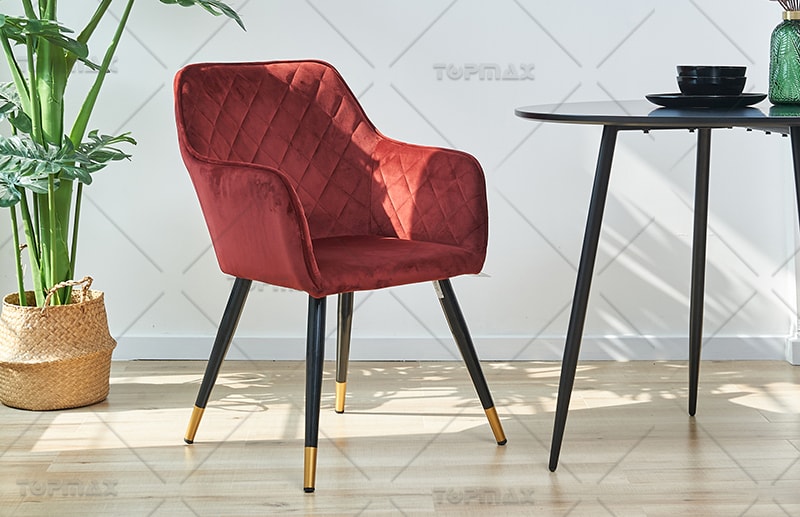
Wood Selection
Wood is one of the most popular materials for sturdy dining room chairs, prized for its natural beauty, strength, and versatility. Hardwoods such as oak, maple, teak, and walnut are commonly used due to their high density and resistance to wear and tear. Oak, for example, is known for its exceptional strength and durability, making it suitable for grey high back dining chairs that need to support significant weight. When selecting wood, manufacturers carefully inspect each piece for defects, such as knots, cracks, or warping. Only the highest - quality lumber, with a consistent grain pattern and moisture content within the optimal range (usually 6 - 8% for indoor use), is chosen. This ensures that the wood will not split, warp, or deteriorate over time, providing a solid foundation for the chair.
Metal Components
Metal, particularly steel and aluminum, is another preferred material for sturdy dining room chairs, especially in contemporary designs. Steel offers exceptional strength and stability, capable of supporting heavy loads without bending or breaking. It can be welded, forged, or cast into various shapes, allowing for greater design flexibility. Aluminum, on the other hand, is lightweight yet durable, resistant to corrosion, and ideal for grey high back dining chairs that require portability or are intended for outdoor use. Metal components are often powder - coated or electroplated to enhance their durability and add a decorative finish. The powder - coating process involves applying a dry powder to the metal surface, which is then cured under heat, creating a hard, protective layer that resists scratches, chips, and fading.
Upholstery and Cushioning
For upholstered dining room chairs, the choice of fabric and padding is crucial for both comfort and longevity. High - quality upholstery fabrics, such as leather, microfiber, or heavy - duty polyester blends, are selected for their resistance to stains, abrasion, and fading. Leather, in particular, not only offers a luxurious look but also becomes more supple and comfortable with use. Microfiber and polyester blends are popular for their affordability, easy maintenance, and durability. Padding materials, such as high - density foam or springs, provide cushioning and support. High - density foam retains its shape over time, preventing sagging and ensuring consistent comfort. Springs, whether coil or sinuous, distribute weight evenly across the seat, enhancing the grey high back dining chairs' durability and comfort.
Precision Design and Structural Engineering
The design phase blends creativity with structural engineering to ensure grey high back dining chairs meet both ergonomic and durability standards.
Ergonomic Considerations
The design of sturdy dining room chairs begins with a focus on ergonomics. Manufacturers consider factors such as seat height, depth, and width, as well as backrest angle and support, to ensure that the chair provides optimal comfort during extended periods of sitting. A standard seat height of 18 inches (45.72 cm) is commonly used, allowing users to sit with their feet flat on the floor and their knees at a 90 - degree angle. The seat depth should be sufficient to support the thighs without causing pressure points, typically around 16 - 18 inches (40.64 - 45.72 cm). The backrest is designed to provide lumbar support, with an angle of approximately 100 - 110 degrees to encourage a natural sitting posture.
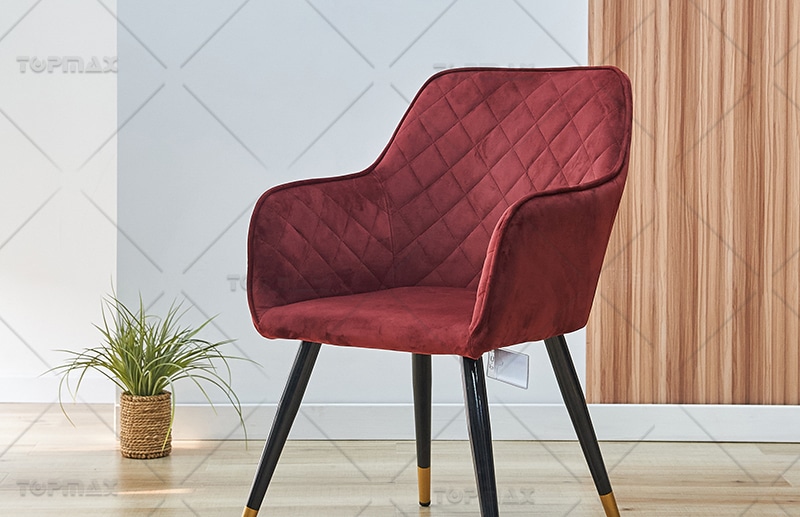
Structural Integrity
In addition to comfort, the design must ensure the chair's structural integrity. The frame of the chair is the key to its stability. For wooden chairs, joints are carefully crafted using techniques such as mortise - and - tenon, doweling, or screw - and - glue connections. Mortise - and - tenon joints, where a projecting tenon fits into a corresponding mortise hole, create a strong, interlocking connection that can withstand significant stress. Metal chairs often feature welded or bolted joints, with reinforced corners and cross - bracing to enhance stability. The design also takes into account the weight distribution of the chair, ensuring that it remains balanced even when in use.
Aesthetic Appeal
While functionality is paramount, the aesthetic design of the chair also plays a significant role. Manufacturers consider the overall style of the dining space, whether it is traditional, modern, rustic, or contemporary, and design chairs that complement the decor. Details such as carved patterns on wooden chairs, sleek lines on metal chairs, or decorative stitching on upholstered chairs add visual interest and enhance the chair's appeal. The choice of color, finish, and texture also contributes to the overall aesthetic, allowing the grey high back dining chairs to blend seamlessly with the dining table and other furniture in the room.
High-Precision Craftsmanship in Production
Once the designs are approved, the manufacturing process moves to the factory floor, where raw materials are shaped and assembled.
Wood Processing
For wooden dining room chairs, the manufacturing process begins with cutting the wood to the desired size and shape. Using computer - controlled saws and routers, precise cuts are made to ensure consistent dimensions. The pieces are then sanded to smooth the surfaces and remove any rough edges. Next, the joints are prepared, with mortises and tenons cut or dowel holes drilled. The pieces are assembled, with glue applied to the joints for added strength. After assembly, the chair is sanded again to create a smooth, even surface, and any excess glue is removed. Finally, the chair is finished with a stain, paint, or varnish to protect the wood and enhance its appearance.
Metal Fabrication
In the case of metal chairs, the manufacturing process starts with cutting and shaping the metal sheets or tubes. Laser cutting or hydraulic presses are used to create precise cuts and bends. The metal pieces are then welded together using techniques such as MIG (Metal Inert Gas) or TIG (Tungsten Inert Gas) welding. Welds are carefully inspected for strength and appearance, with any rough or uneven areas smoothed out. After welding, the chair is sandblasted to remove any rust, scale, or impurities from the surface. The metal is then powder - coated or electroplated, following a multi - step process that includes pre - treatment, application of the coating, and curing.
Upholstery and Finishing
For upholstered chairs, the upholstery assembly process involves cutting the fabric to size, stretching it over the chair frame, and securing it in place. The padding is first attached to the frame, either by gluing or stitching. The fabric is then carefully draped over the padding and frame, with the edges folded and stapled or sewn to create a smooth, tight fit. Decorative elements such as buttons, tufting, or piping may be added at this stage to enhance the chair's appearance.
Rigorous Testing and Quality Control
Structural Testing
Before leaving the factory, sturdy dining room chairs undergo rigorous structural testing. Load - bearing tests are conducted to ensure that the chair can support the specified weight without breaking or collapsing. A machine applies a gradually increasing load to the seat and backrest, simulating the weight of a user. Grey high back dining chairs are also subjected to stress tests, where forces are applied to the joints and frame to check for any signs of weakness or failure. Stability tests are performed to ensure that the chair does not tip over easily, with weights placed on the chair in different positions to assess its balance.

Material and Finish Inspection
The quality of the materials and finishes is also carefully inspected. Wood is checked for any signs of defects, such as splits, knots, or discoloration. Metal components are examined for corrosion, scratches, or uneven coatings. Upholstery fabrics are inspected for stains, tears, or inconsistent color. The finish on the chair, whether it is a wood stain, paint, or powder - coating, is checked for evenness, thickness, and adhesion. Any chairs that do not meet the strict quality standards are either repaired or rejected.
Packaging and Export Readiness
A well-made chair still needs to reach the client intact and on time. That’s where strategic packaging and logistics come in.
Packaging
To ensure that the chairs arrive at their destination in perfect condition, proper packaging is essential. Grey high back dining chairs are first wrapped in protective materials such as foam, bubble wrap, or cardboard to prevent scratches and damage during transit. Wooden chairs may be wrapped in felt or cloth to protect the finish. Metal chairs are often placed in individual boxes with foam inserts to secure them in place. Upholstered chairs are covered with plastic bags to protect the fabric from dirt and moisture. The chairs are then packed into larger cartons or crates, with additional padding and support to prevent shifting during shipping.
Shipping
Chairs are shipped using a variety of methods, depending on the destination and the quantity ordered. For domestic shipments, trucks or railroads are commonly used, while international shipments may involve sea freight or air freight. Suppliers work with reliable shipping partners to ensure timely and safe delivery. Tracking information is provided to customers, allowing them to monitor the progress of their shipment. Insurance is often offered to cover any potential damage or loss during transit.
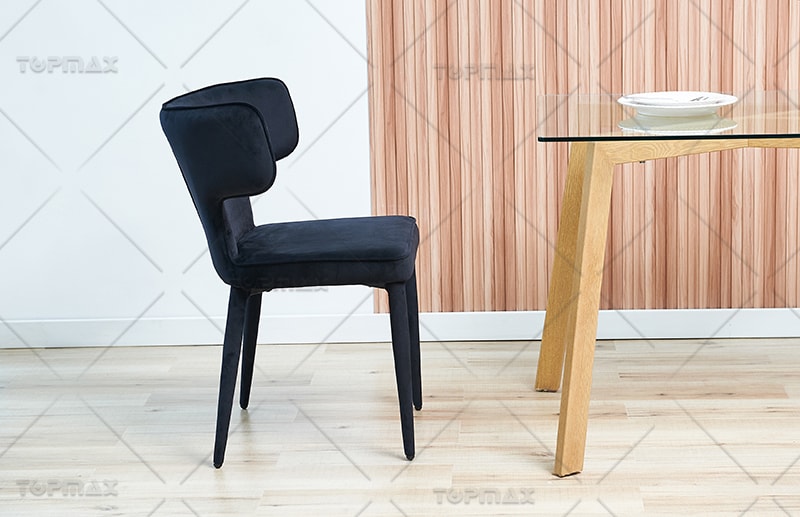
From raw material selection to engineered joints, from ergonomic design to drop tests and export preparation, the making of sturdy dining room chairs is an art and science. Each step contributes to the chair's strength, comfort, and aesthetic value, ensuring it meets the expectations of residential consumers and commercial clients alike.
For furniture importers, wholesalers, and commercial project suppliers, partnering with manufacturers who understand and execute this process is key to delivering lasting value. In a market where end users are demanding more and projects are getting bigger, the chair that can stand the test of time is the one that wins.
 Inquire Now
Inquire Now



 Home
Home How Metal Patio Couch Enhances Outdoor Hospitality Experiences
How Metal Patio Couch Enhances Outdoor Hospitality Experiences  You May Also Like
You May Also Like 

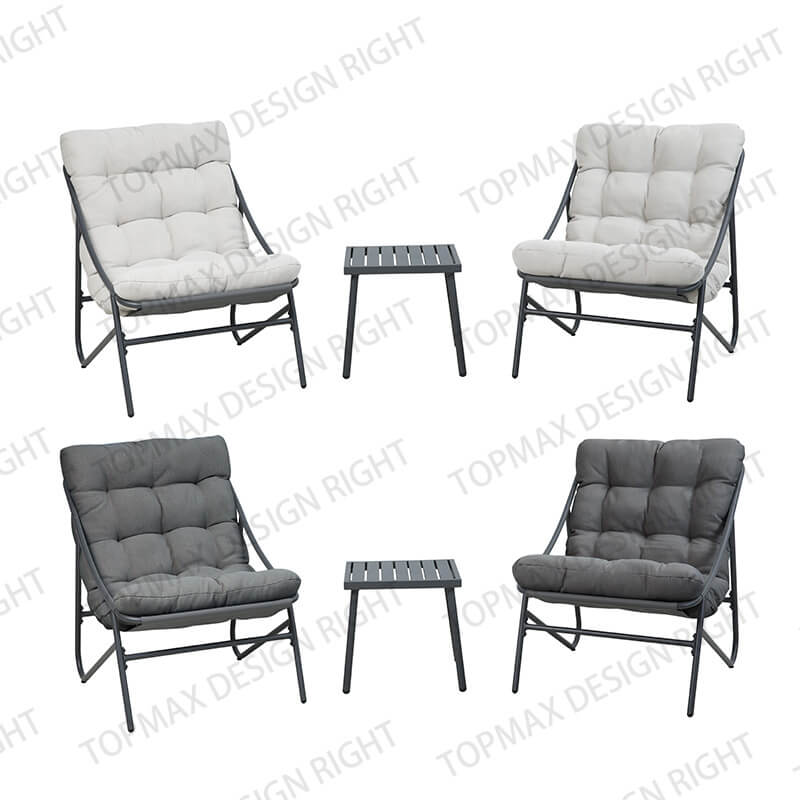
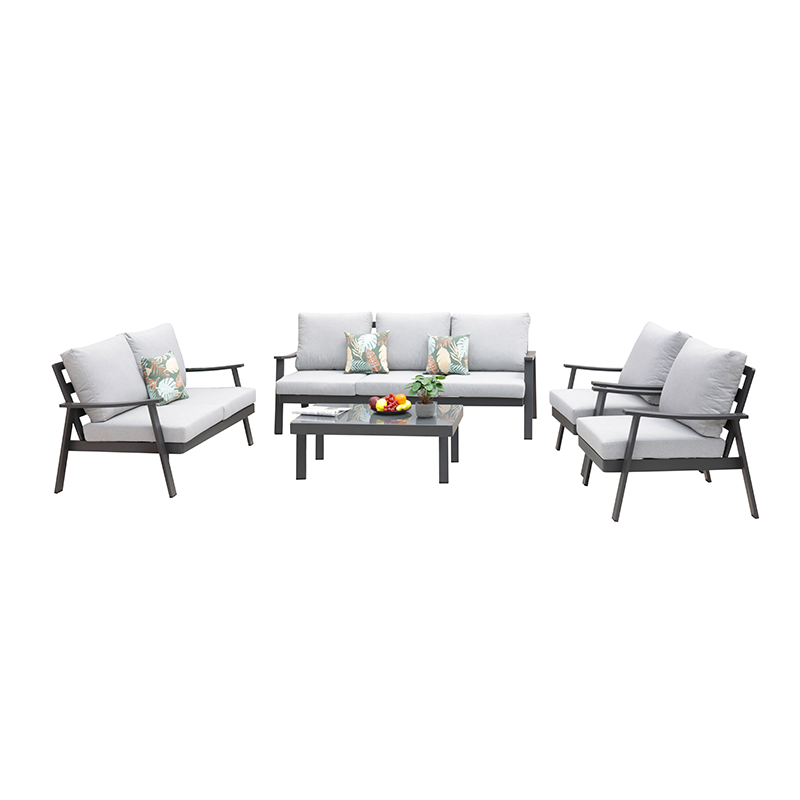

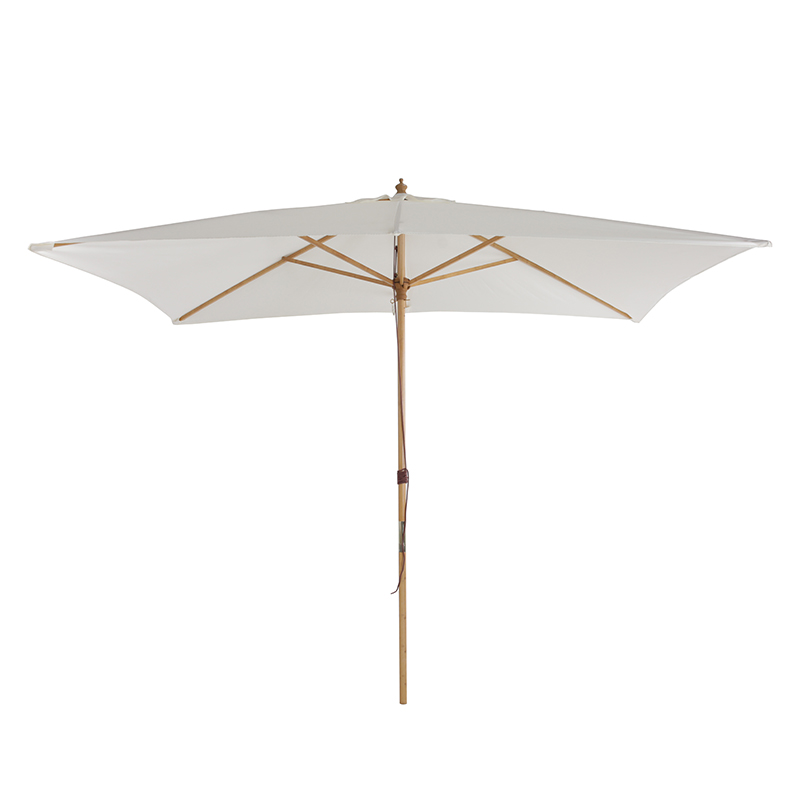
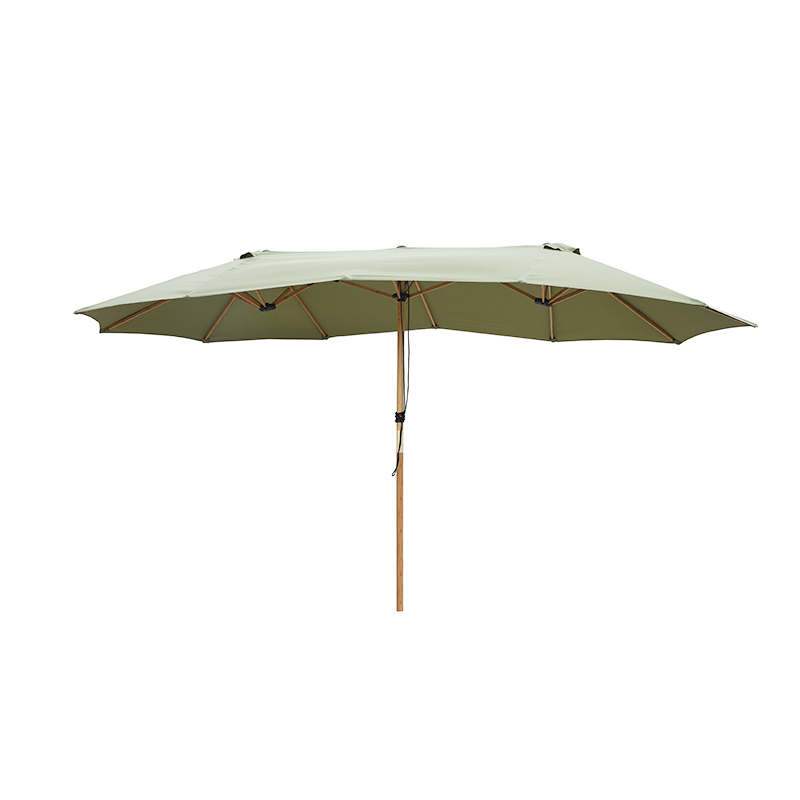

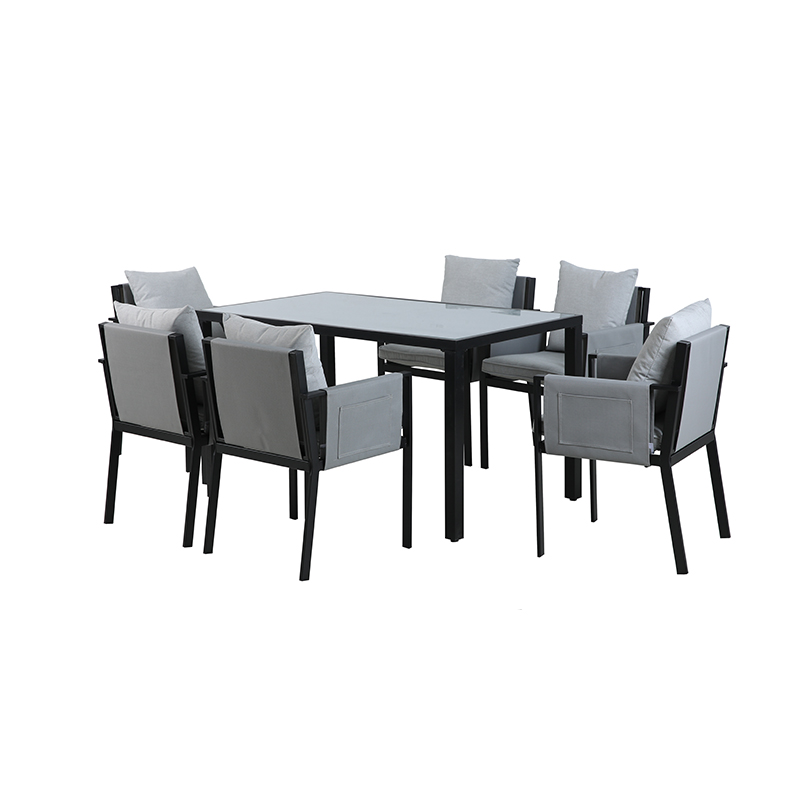
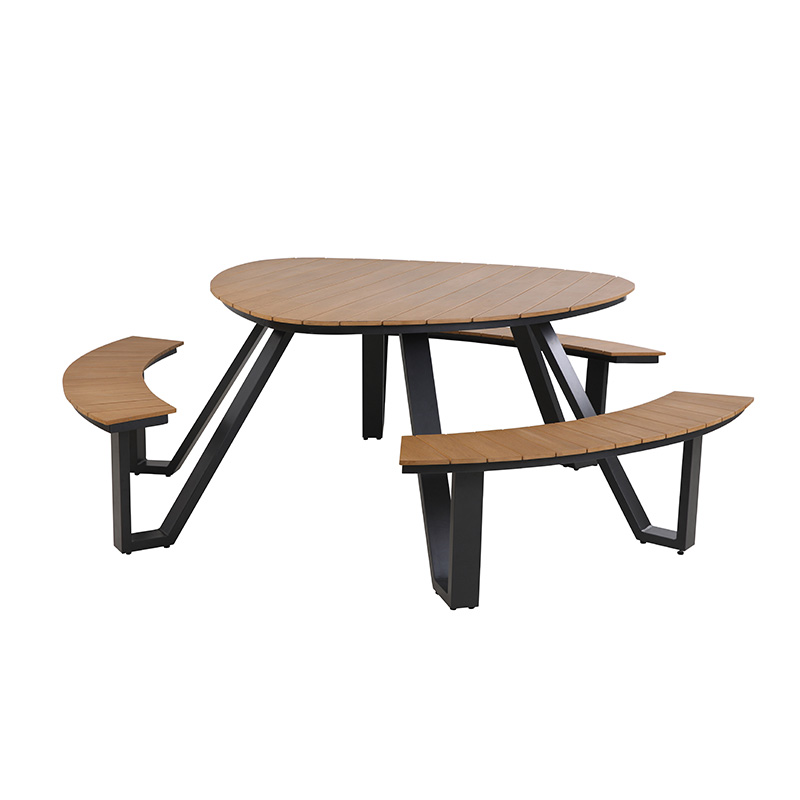
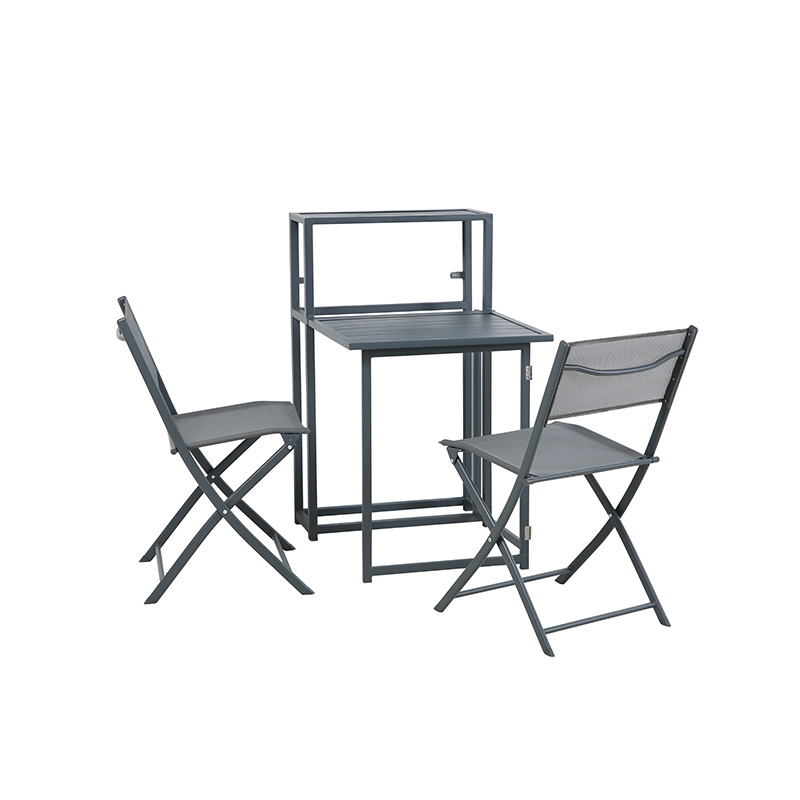
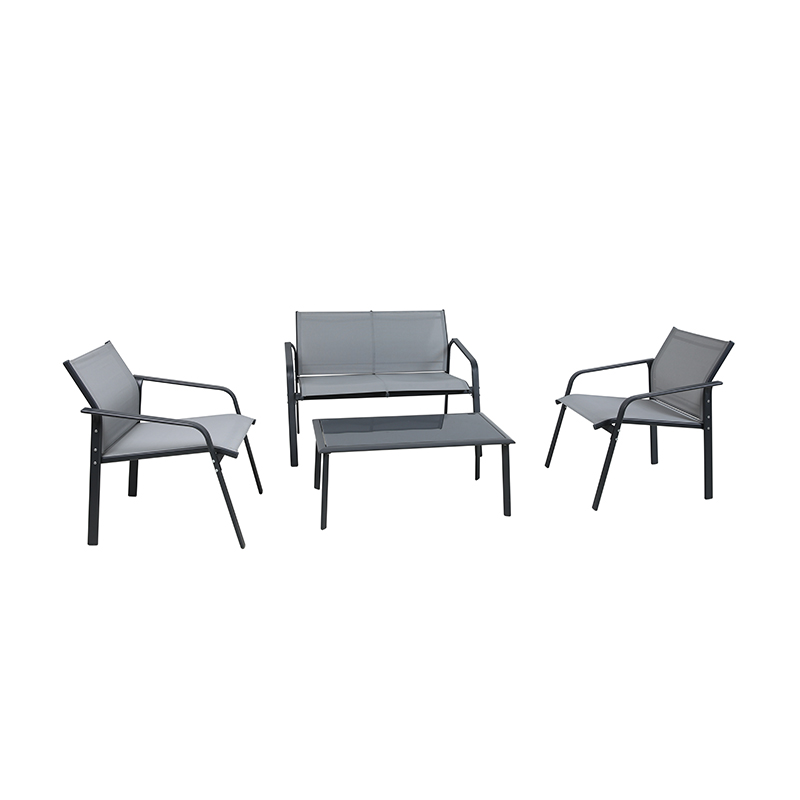
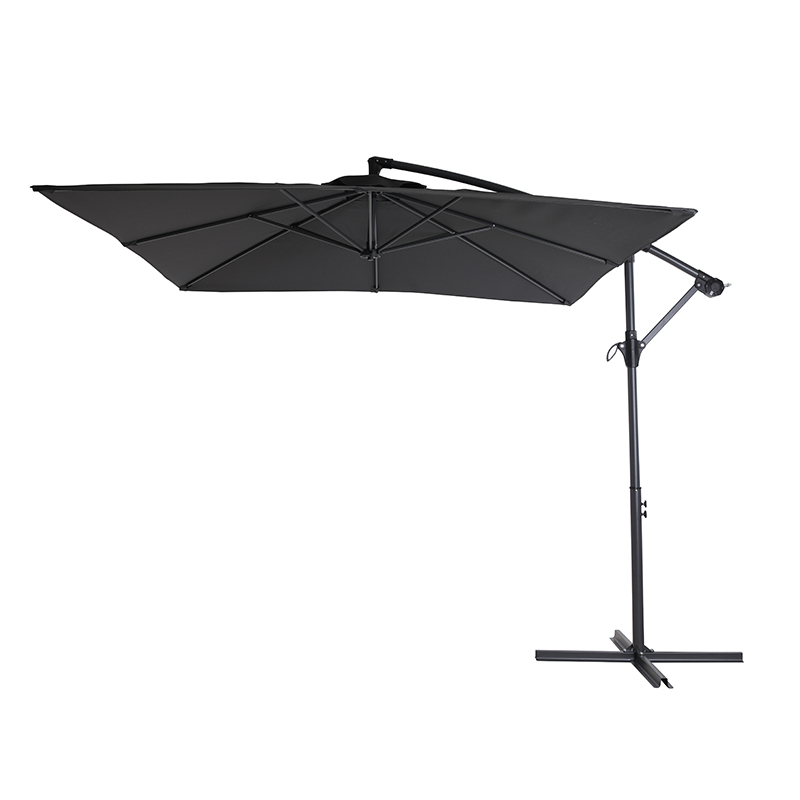
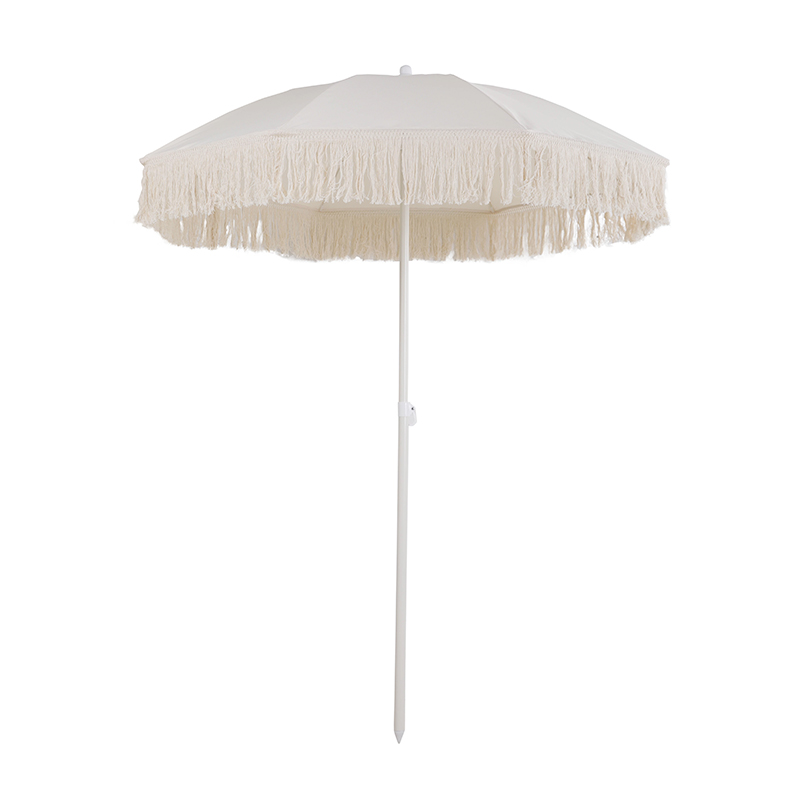
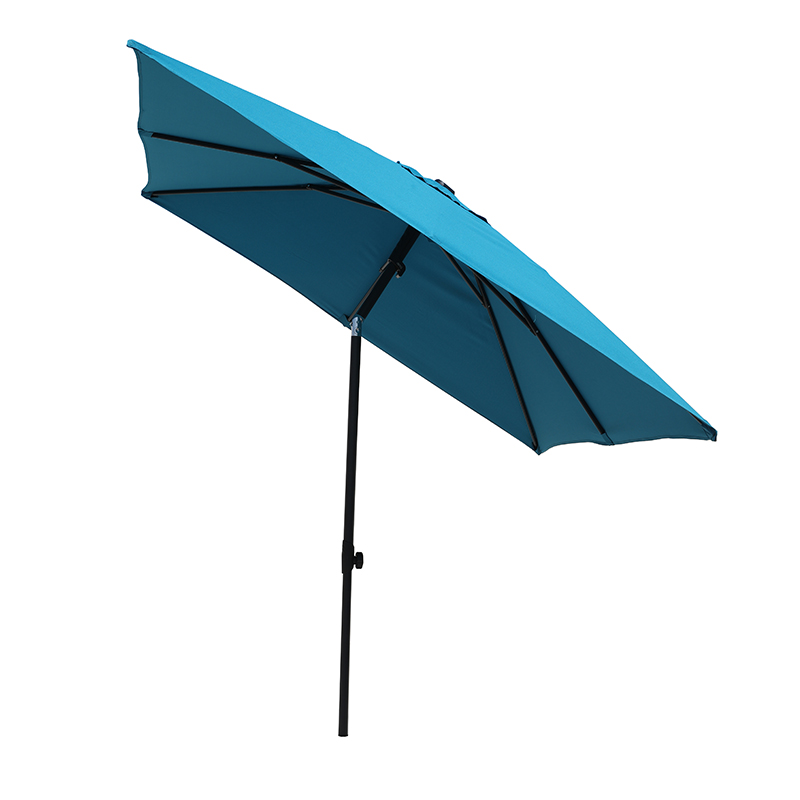
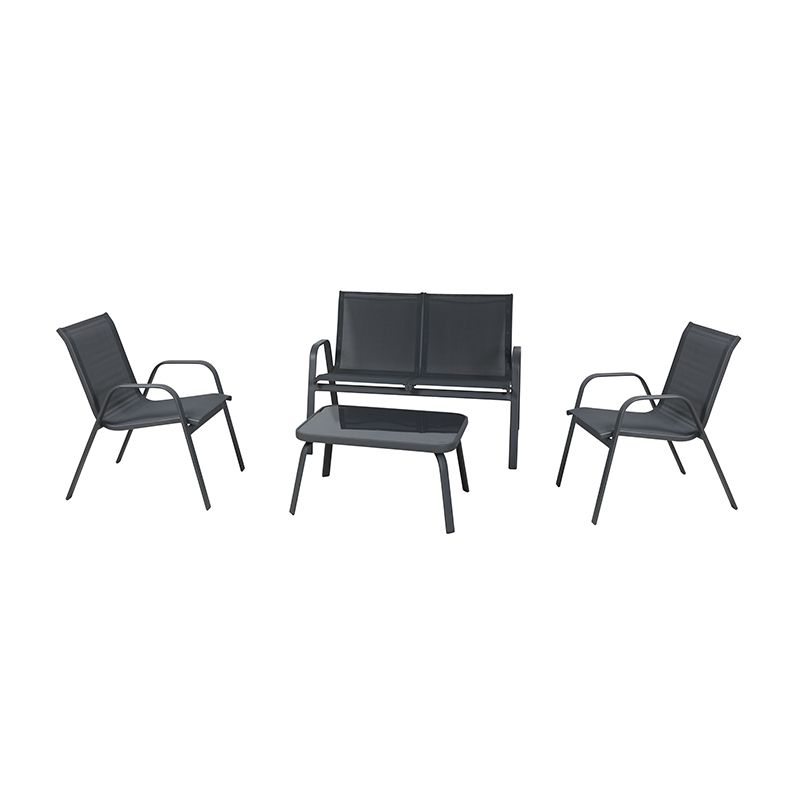



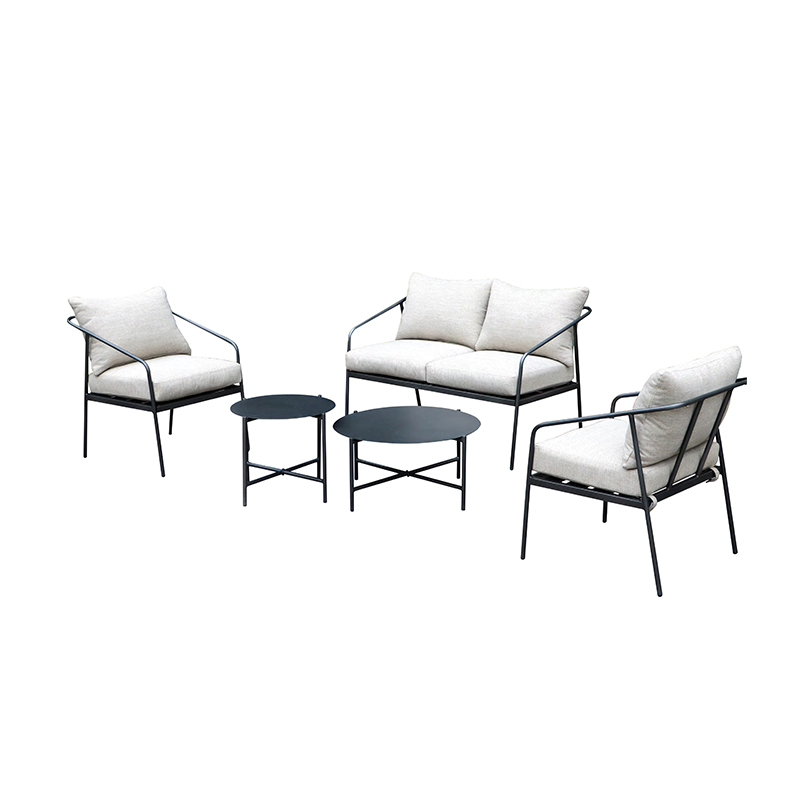
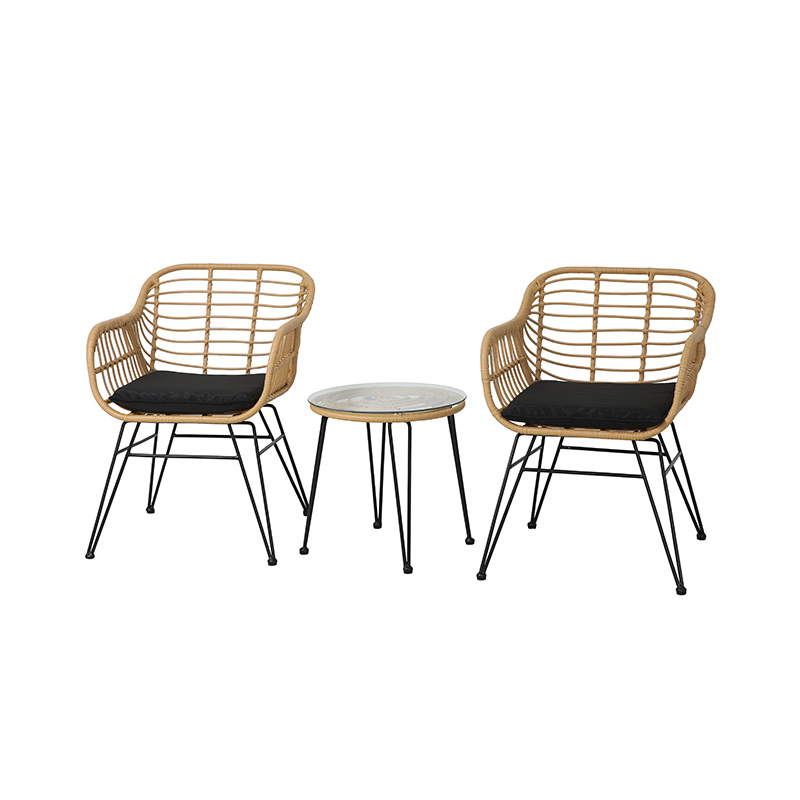

 Tel
Tel  Email
Email  ADDRESS
ADDRESS 














